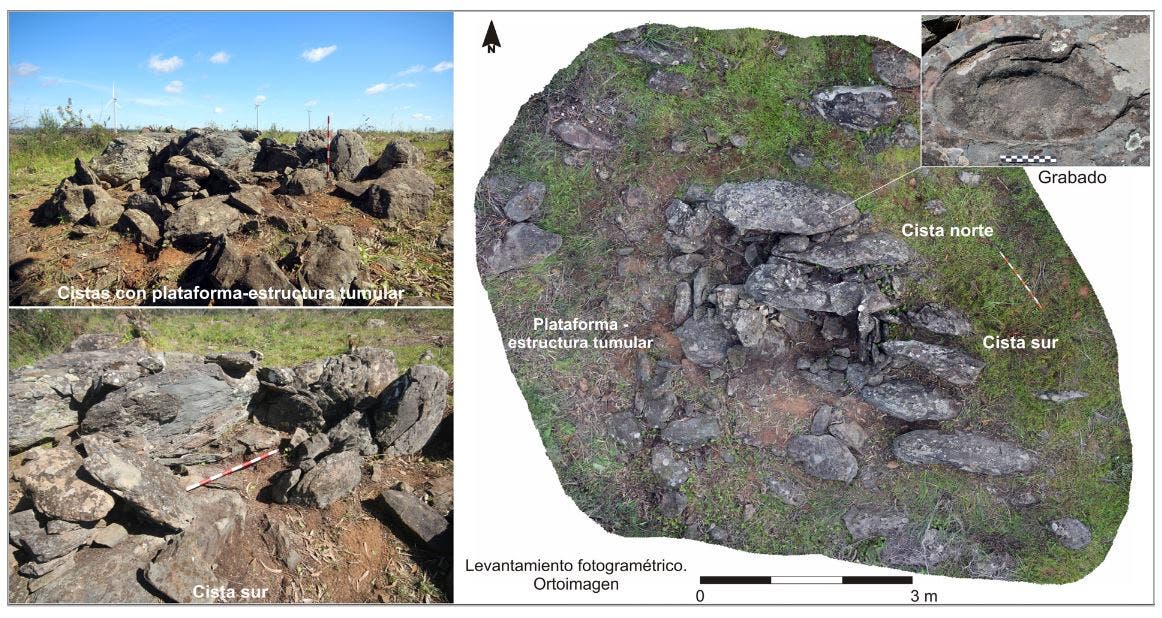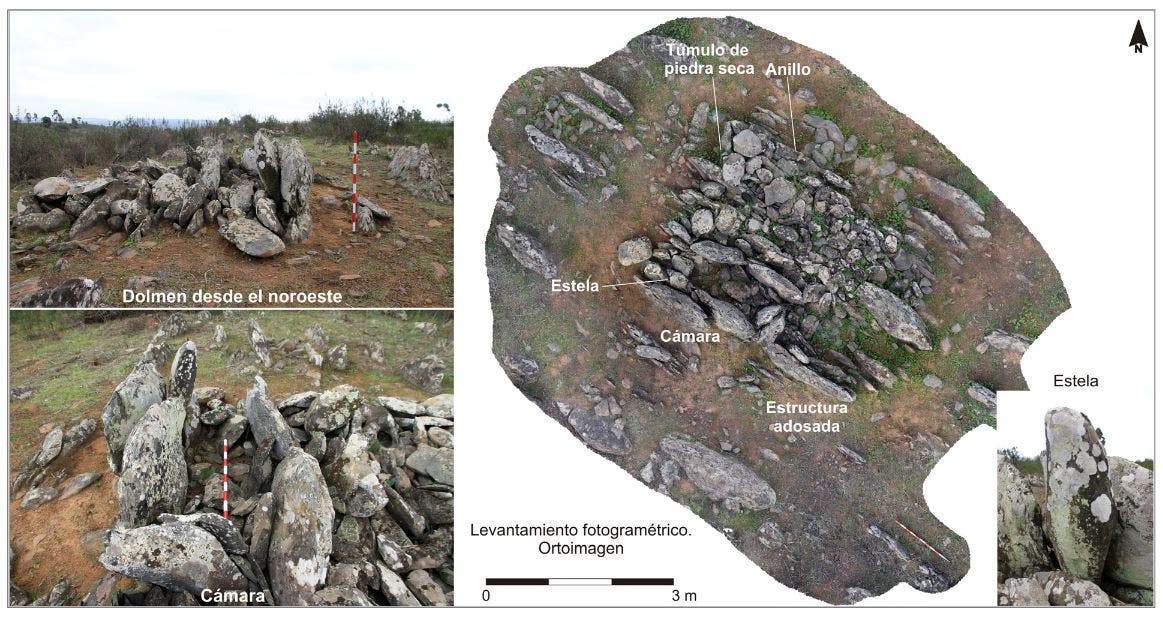In Spain, the site of a soon-to-be avocado plantation bore an incredible surprise: one of the largest collections of standing stones in all of Europe.

Stonehenge has long captivated the imagination of people around the world. The stacked-stone monument is so impressive to behold, that it led to the coining of a completely new term in the 1850s to describe the massive rocks that our Stone Age ancestors used to erect their monuments — “megalith”.
But it is in no way the only such site in the world. Megalithic complexes come in various forms and levels of complexity and have been found across the continents, from Europe to Africa and Asia to Micronesia. They have been erected for a variety of purposes, from funerary sites to devices for keeping track of the seasons.
And now, archaeologists have found another megalithic complex. Researchers at the Huelva University report on the discovery of a new site, sitting in the Huelva province near the Guadiana River, on the southernmost part of the Spain-Portugal border. Unearthed on a plot of land that was earmarked for a new avocado plantation, the sheer size of this site is impressive to behold. It is one of the largest megalith complexes ever discovered in Europe — if not the largest.
Megastones
“This is the biggest and most diverse collection of standing stones grouped together in the Iberian peninsula,” said Jose Antonio Linares, a researcher at Huelva University and one of the project’s three directors.
The discovery was made on a plot of land roughly 600 hectares (1,500 acres) in surface area. An archeological survey of the area was started as a preliminary requirement for local authorities to give the green light for the construction of the avocado plantation, given the site’s possible archeological significance.
What started out as a routine step meant to appease local bureaucracy turned into an incredible find. These rules may seem cumbersome and annoying to the industry, but they’re there for a reason.
The standing stones at the La Torre-La Janera site comprise a large number of megaliths of various types and sizes. These include standing stones, dolmens, mounds, cists (coffin-like stone boxes), and various areas enclosed with stones. Based on the team’s preliminary analyses, the oldest standing stones here were erected during the second half of the sixth or fifth millennium BCE, Linares explained. The height of the stones there varied between one and three meters (3-10 ft) tall.

“Standing stones were the most common finding, with 526 of them still standing or lying on the ground,” said the researchers in an article published in Trabajos de Prehistoria, a journal focusing on prehistoric archaeology in the Iberian Peninsula. Stonehenge, by comparison, originally consisted of approximately 160 stones in various arrangements, although many have been lost or damaged over the millennia.
Although standing stone sites lack the striking architecture seen at Stonehenge, they are remnants of places that were very significant for Stone Age cultures and, in many cases, are the only surviving evidence that they left behind.
One of the most famous megalithic sites in the world is Carnac in northwestern France, containing some 3,000 stones. However, the new site at La Torre-La Janera stands apart through the sheer wealth of the types of megalithic elements found together at a single location and how well preserved these are.
“Finding alignments and dolmens on one site is not very common,” Primitiva Bueno, co-director of the project and a prehistory professor at Alcala University near Madrid, told AFP. “Here you find everything all together: alignments, cromlechs, and dolmens and that is very striking.”

‘Alignments’ are arrangements of upright standing stones following a common axis in a line, while cromlechs are stone circles. Dolmens are another type of megalithic structure, typically employed as tombs and constructed of two or more standing stones with a large, usually flat capstone on top. Individual standing stones are known as menhirs.
Most of the menhirs at the site were grouped in 12 alignments and two cromlechs. Both of the latter were placed on hilltops with clear overlooks towards the east — the direction of sunrise. This leads the team to believe that the site had some ritualistic connection to the summer and winter solstices, as well as the spring and autumn equinoxes, similar to how some believe Stonehenge serves as a giant astronomical calendar.
As of right now, archaeological work is still underway at the site. Many of the stones are still partially buried, and there may be yet-undiscovered stones that are completely covered in earth. Digs at the site are scheduled to run until 2026, but the team will have at least part of the complex open and ready for visitors sometime next year.
The paper “El sitio megalítico de La Torre-La Janera (Huelva): monumentalidades prehistóricas del Bajo Guadiana” has been published in the journal Trabajos de Prehistoria.









